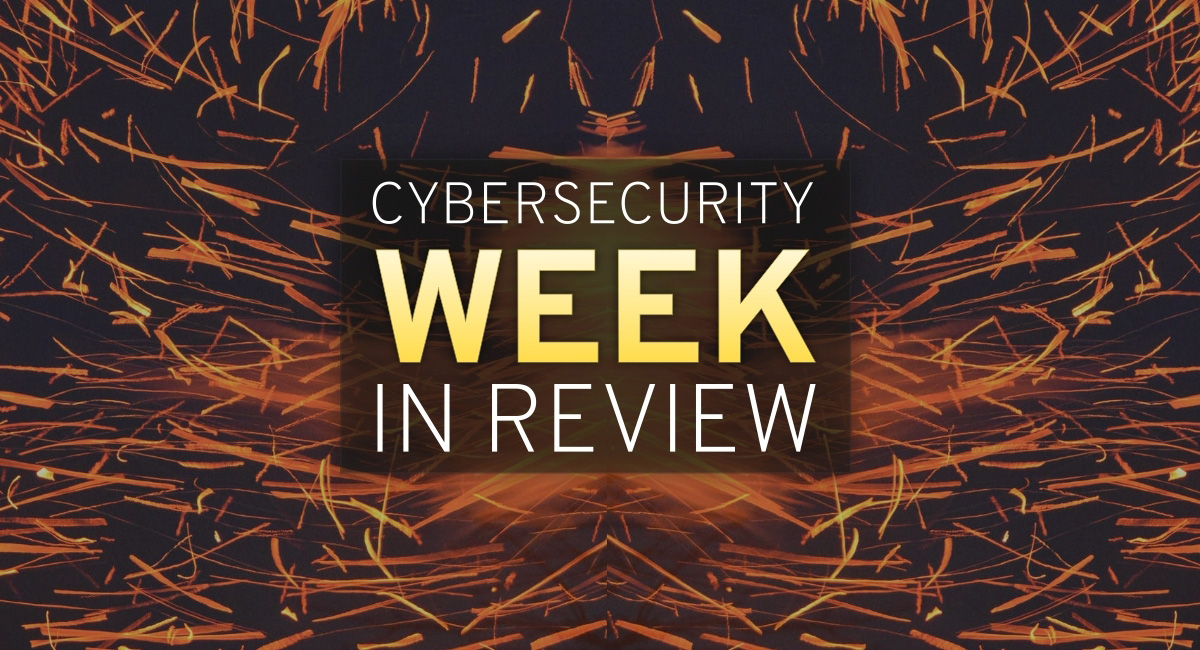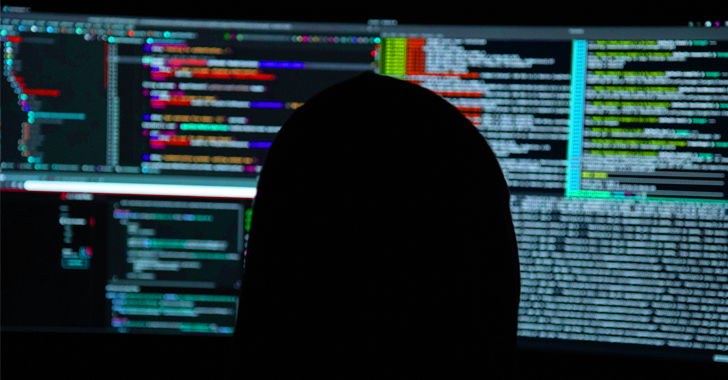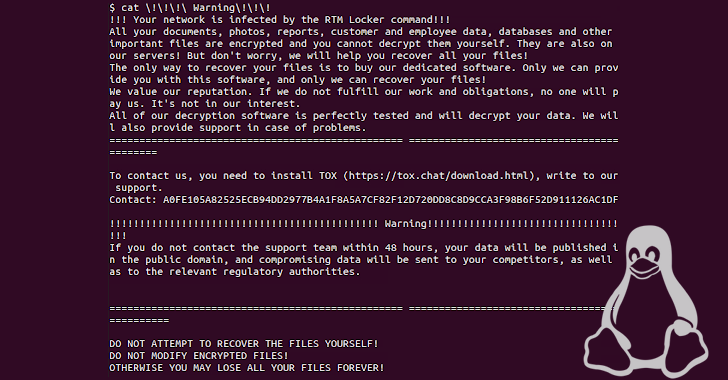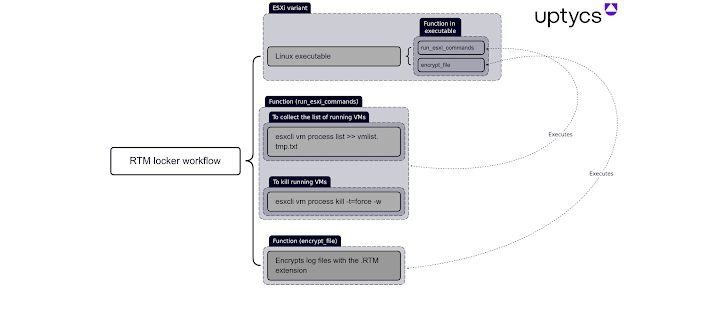Week in review: MOVEit Transfer critical zero-day vulnerability, Kali Linux 2023.2 released
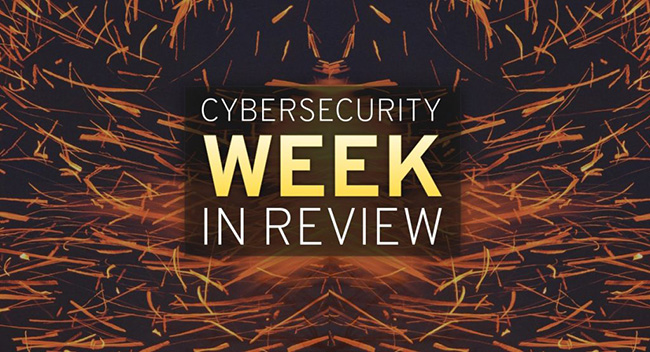
Here’s an overview of some of last week’s most interesting news, articles, interviews and videos:
MOVEit Transfer zero-day attacks: The latest info
Progress Software has updated the security advisory and confirmed that the vulnerability (still without a CVE number) is a SQL injection vulnerability in the MOVEit Transfer web application that could allow an unauthenticated attacker to gain unauthorized access to MOVEit Transfer’s database.
Penetration tester develops AWS-based automated cracking rig
Building a custom cracking rig for research can be expensive, so penetration tester Max Ahartz built one on AWS. In this Help Net Security interview, he takes us through the process and unveils the details of his creation.
The strategic importance of digital trust for modern businesses
In this Help Net Security interview, Deepika Chauhan, CPO at DigiCert, talks about the importance of maintaining high trust assurance levels for businesses in today’s digital landscape.
Navigating cybersecurity in the age of remote work
In this Help Net Security interview, Jay Chaudhry, CEO at Zscaler, talks about connecting and securing remote employees and their devices to access organizational resources from any location.
Threat actors can exfiltrate data from Google Drive without leaving a trace
Google Workspace (formerly G Suite) has a weak spot that can prevent the discovery of data exfiltration from Google Drive by a malicious outsider or insider, Mitiga researchers say.
Zyxel firewalls under attack by Mirai-like botnet
CVE-2023-28771, the critical command injection vulnerability affecting many Zyxel firewalls, is being actively exploited by a Mirai-like botnet, and has been added to CISA’s Known Exploited Vulnerabilities (KEV) catalog.
Someone is roping Apache NiFi servers into a cryptomining botnet
If you’re running an Apache NiFi instance exposed on the internet and you have not secured access to it, the underlying host may already be covertly cryptomining on someone else’s behalf.
Kali Linux 2023.2 released: New tools, a pre-built Hyper-V image, a new audio stack, and more!
Offensive Security has released Kali Linux 2023.2, the latest version of its popular penetration testing…
